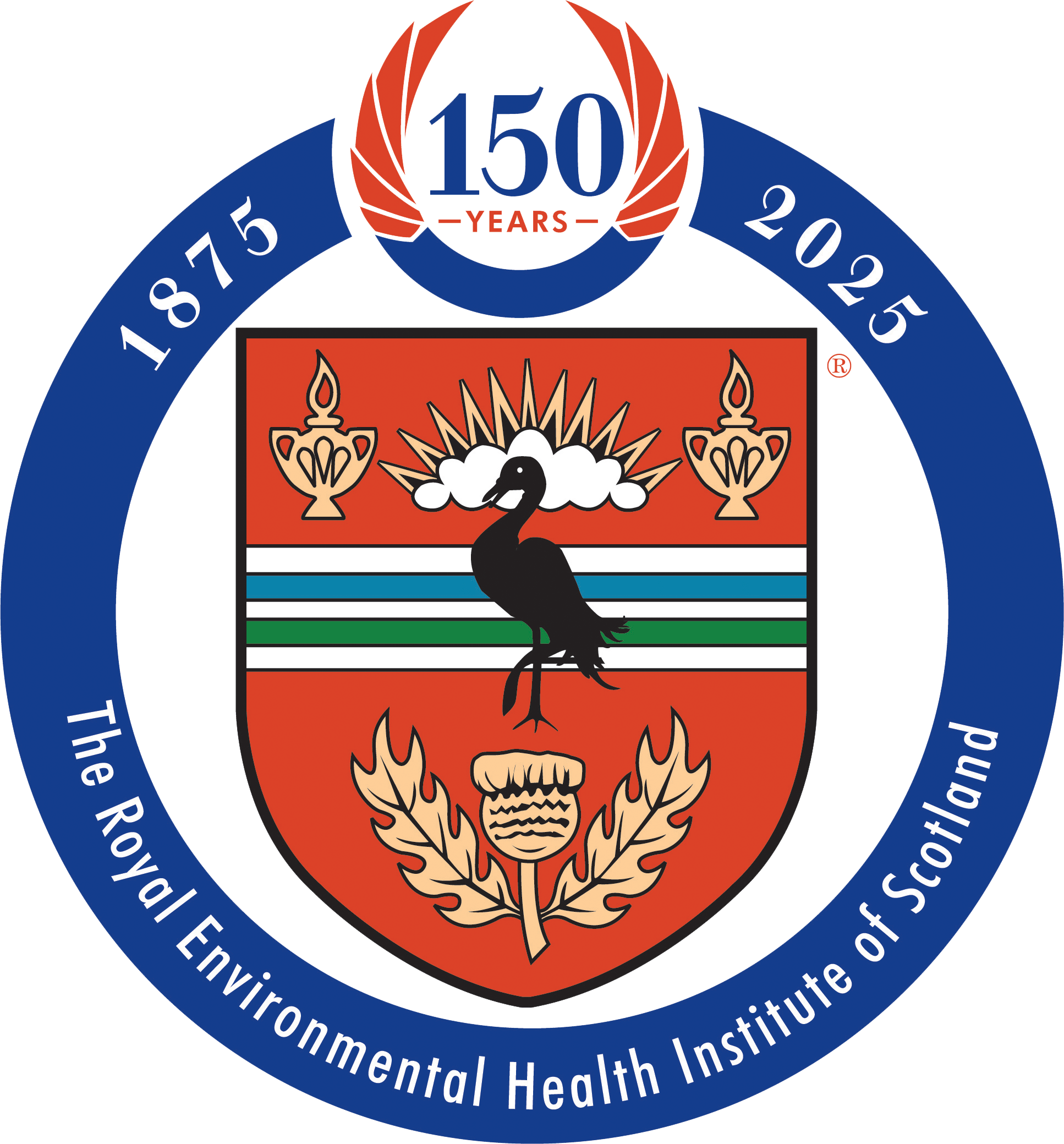
Two outbreaks in the United Kingdom in 2021, were linked to consumption of imported melon, according to a recently released study published in Journal of Food Protection.
One outbreak was linked to Salmonella Braenderup from Galia Melons and the other linked to Escherichia coli (STEC) O157:H7 from precut watermelon.
E.Coli (STEC) melon outbreak
In July and August 2021, there was an outbreak of 17 cases of Shiga toxin-producing Escherichia coli (STEC) O157:H7 in the UK. A review of the STEC surveillance questionnaire data, followed by the analysis of responses from a modified hypothesis-generating questionnaire, implicated eating precut watermelon sourced from Europe as the vehicle of infection.
Nine patients were female and ages ranged from less than 1 to 65. Patients lived across Great Britain, with 10 in England, six in Wales, and one in Scotland. Thirteen people reported bloody diarrhoea and abdominal pain, eight had nausea, five reported vomiting, and three reported fever. Six people were hospitalized but none developed Hemolytic Uremic Syndrome (HUS) and no one died.
Of eight patients that reported consumption of precut watermelon, five purchased it from the same retailer. Researchers said modified hypothesis-generating questionnaires should be used early in investigations to capture detailed exposure histories while the patient is still willing to participate, and to reduce recall bias. They also proposed a review of the STEC standard questionnaire, to provide more detail on fresh produce, including the variety, retailer, brand, and product line.
The watermelon distributor said it performed E. coli counts as an indicator of contamination, on one sample per production. No samples had above 100 colony-forming units per gram (cfu/g). Testing for E. coli O157 was only done for samples with more than 100 cfu/g. Two retailers tested 209 and 359 products containing precut watermelon and reported no samples above 100 cfu/g.
Watermelons came from three businesses in Spain. Melon was cut at a manufacturing facility in England and had a shelf life of five to six days. No whole or pre-cut watermelon samples in production in the days prior to symptom onset in cases were available for testing.
Salmonella melon outbreak
Between March and July 2021, there was an outbreak of 113 cases of Salmonella Braenderup in the UK. Analytical epidemiological studies identified Galia melons as the vehicle of infection. Subsequently, the outbreak strain was isolated from two samples of Galia melon imported from Honduras Latin America.
More than 100 patients lived in England but eight were in Scotland and two each from Wales and Northern Ireland. A total of 70 cases were female and patients ranged from 6 months to 101 years old. Fifteen were hospitalised and three people were already hospital inpatients when symptoms began.
During the outbreak investigation, 200 samples of melon including Galia, cantaloupe, or honeydew varieties from one supplier in Honduras were tested at the UKHSA Food, Water, and Environment (FW&E) laboratories in York, London, and Porton and two Galia melon positive.
Cantaloupe melons were also identified as potential vehicles of infection and could not be ruled out based on the study findings and similar nature of the growing, transport, supply, and distribution patterns. It was possible that similarities in the appearance of Galia and cantaloupe melons led to cases incorrectly identifying which type they consumed.
Authorities in Honduras did an onsite inspection of the growing farm in June 2021. A risk management plan was developed. There had been heavy rain for three days during the harvest. Salmonella Braenderup matching the outbreak strain was found on the surface of a washing tank in one of the Honduran facilities where Galia melons were packed.
“A variety of sources of contamination were possible; the most likely being that unusually high rainfall in Honduras during the harvest period resulted in sewage overflow and run-off contaminated the water used to irrigate the melon crops,” said scientists.
Postharvest contamination from an infected handler or cross-contamination from other products during the transportation process could also have occurred.
“Given the difficulty in removing pathogens from the flesh of ready-to-eat fruit and vegetables, public health interventions should target all steps of the food chain prior to consumption, from cultivation on the farm to processing, packing and distribution,” said researchers.

